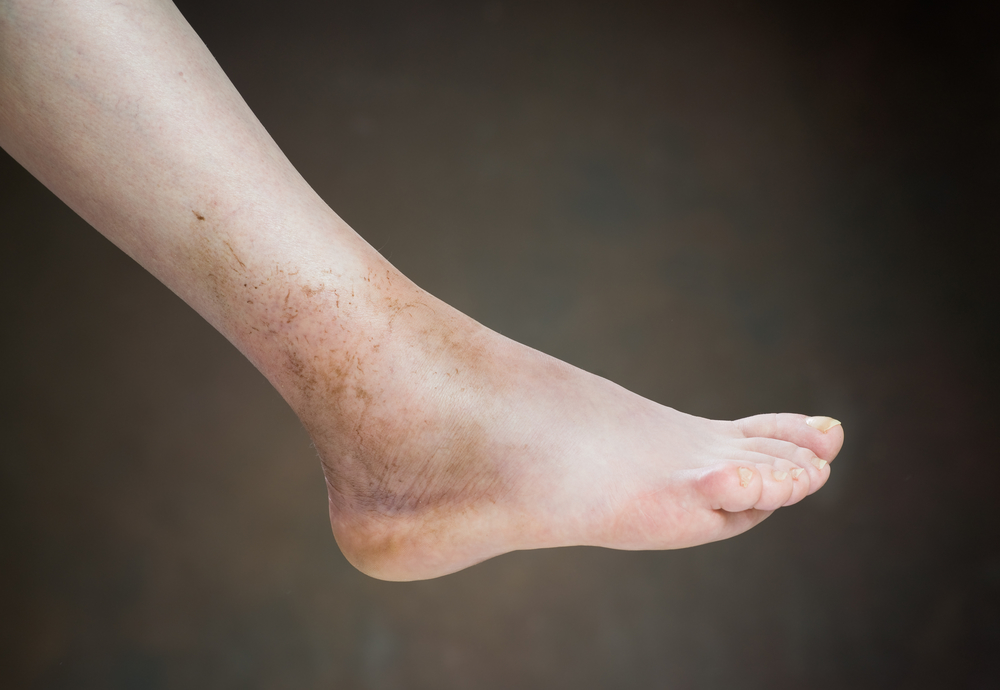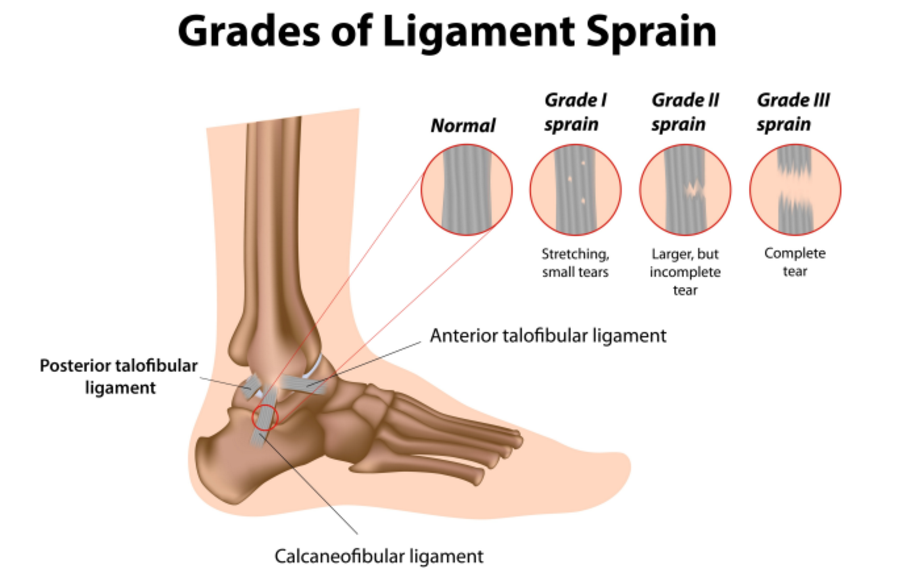Everyone has experienced some degree of ankle sprains. You might have experienced it when your walking along and just mis-stepped that small curve, running down the stairs and just lost balance or somethings playing sports you land simply land awkwardly. Having experienced it, have you ever wondered exactly what is it? Some ankle sprains take much longer to heal than others. Why is this so?

As common as the injury is, the structure of the ankle isn’t simple at all. On the outside of your ankle, it is stabilized by 3 ligaments: one in the front (anterior talofibular ligament), one in the middle (calcaneofibular ligament) and one in the back (posterior talofibular ligament). On the inside of your ankle, there are 4 ligaments that stabilize the ankle, collectively known as the deltoid ligament. There’s other bones and muscles in the ankle, but we’ll stick to the ligaments for now since we are talking about ankle sprains.
The most common ankle sprain is the inversion ankle sprain, in which the outside ligament in the front gets stretched or sometimes ripped. If it’s just stretched, it’s considered a grade 1 ankle sprain. If it’s partially ripped but still intact, it’s considered a grade 2. Lastly, the injury is considered a grade 3 when the ligament is completely ruptured. Intuitively, the healing time will vary depending on the extent of it injury.
Although the ankle sprain seems like such a common injury, the ankle itself is a complexed joint consisting of multiple tendons, ligaments, nerves and muscles. If you’ve got a bit of lingering pain, feels your ankle just isn’t normal or you’re getting recurring ankle injuries, it’s a good idea to go see a physiotherapist.
At Capital physiotherapy, we have movement experts that have much experience with ankle sprains. Our physios understand the structures around the ankle and can give some solid advice to help build strength and confidence in your ankle once again. If your in South Yarra, Footscray or Balwyn, give us a call or email us at info@capitalphysiotherapy.com.au and one of our friendly physiotherapist will help sort out your ankle worries.


